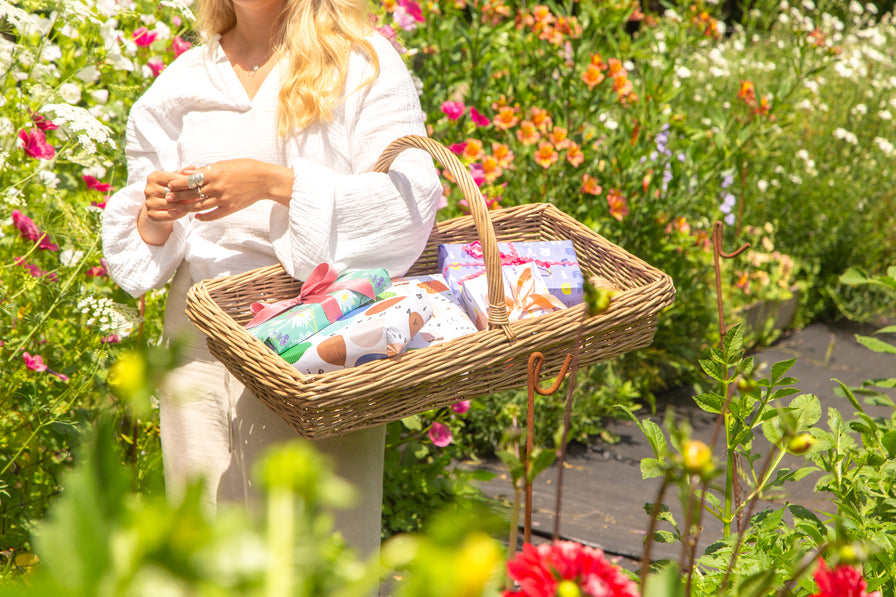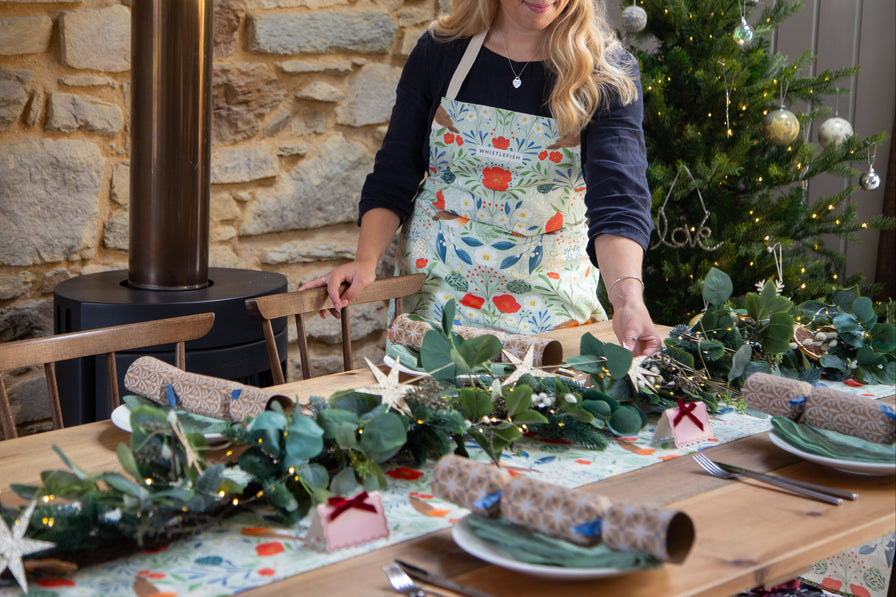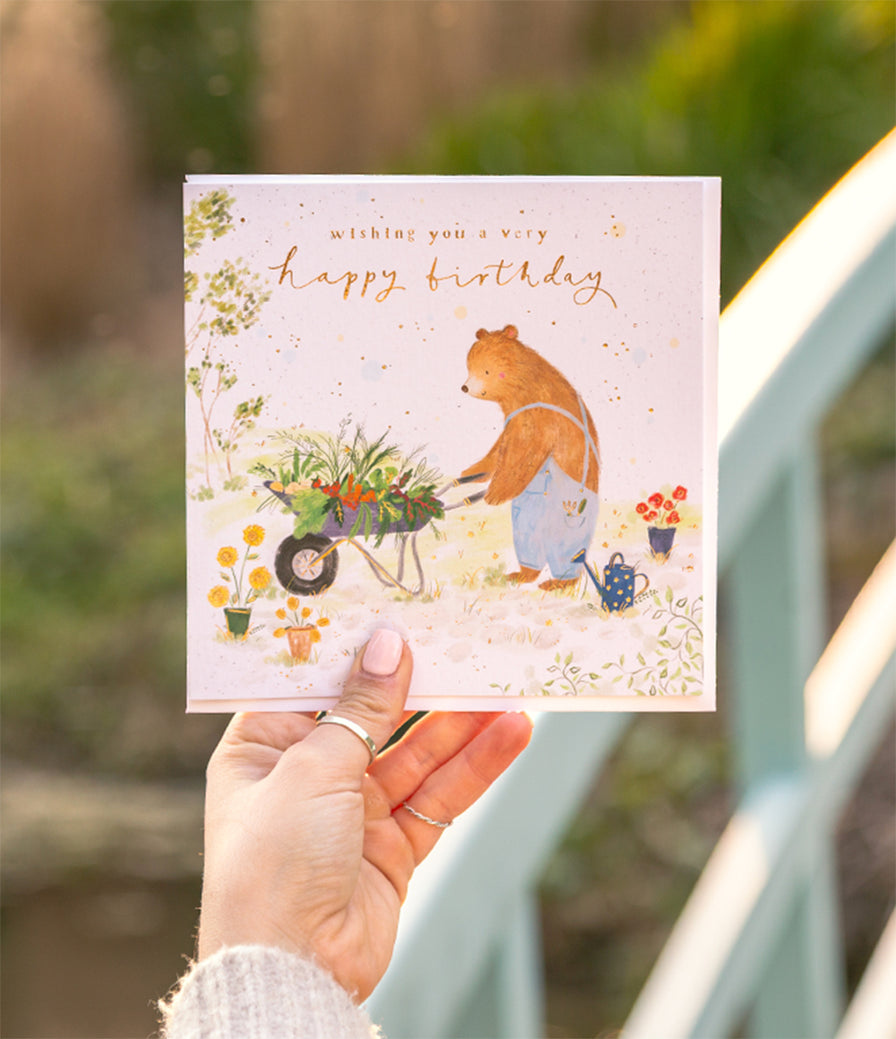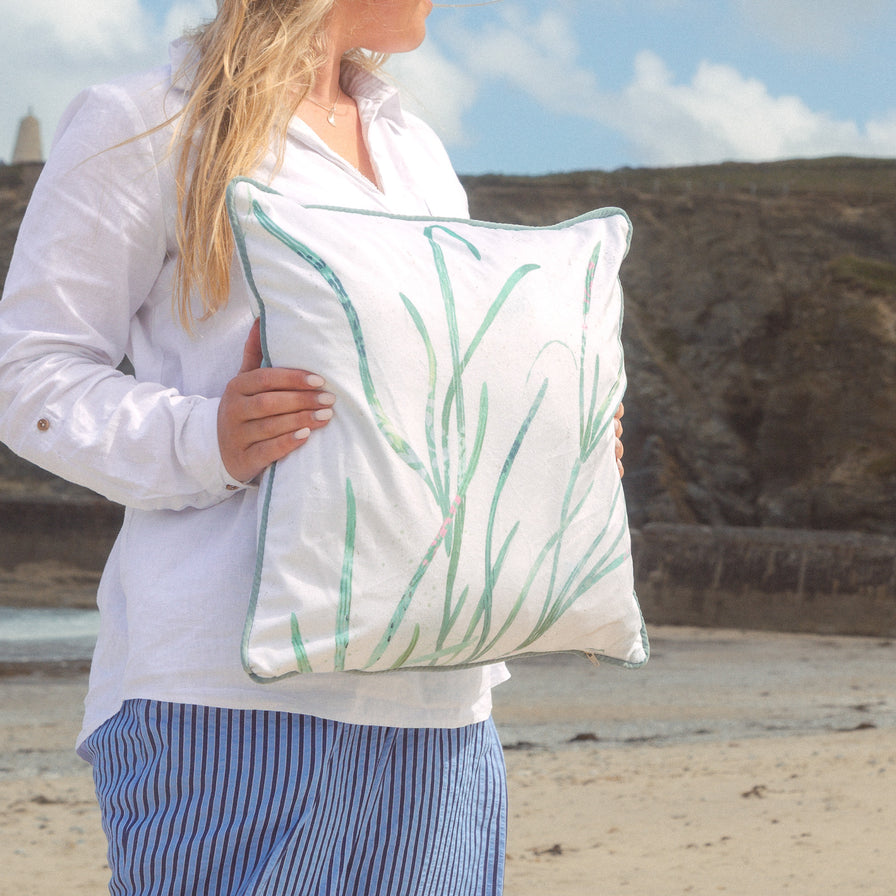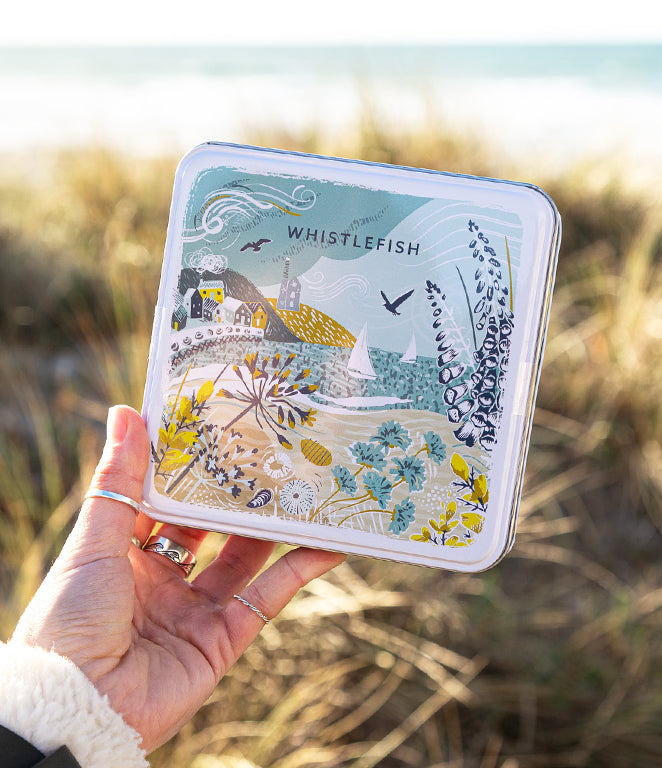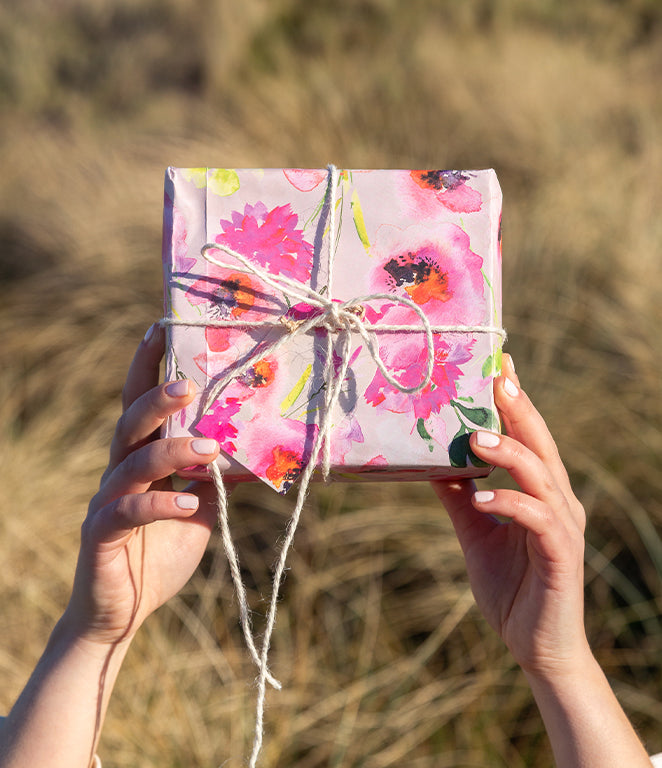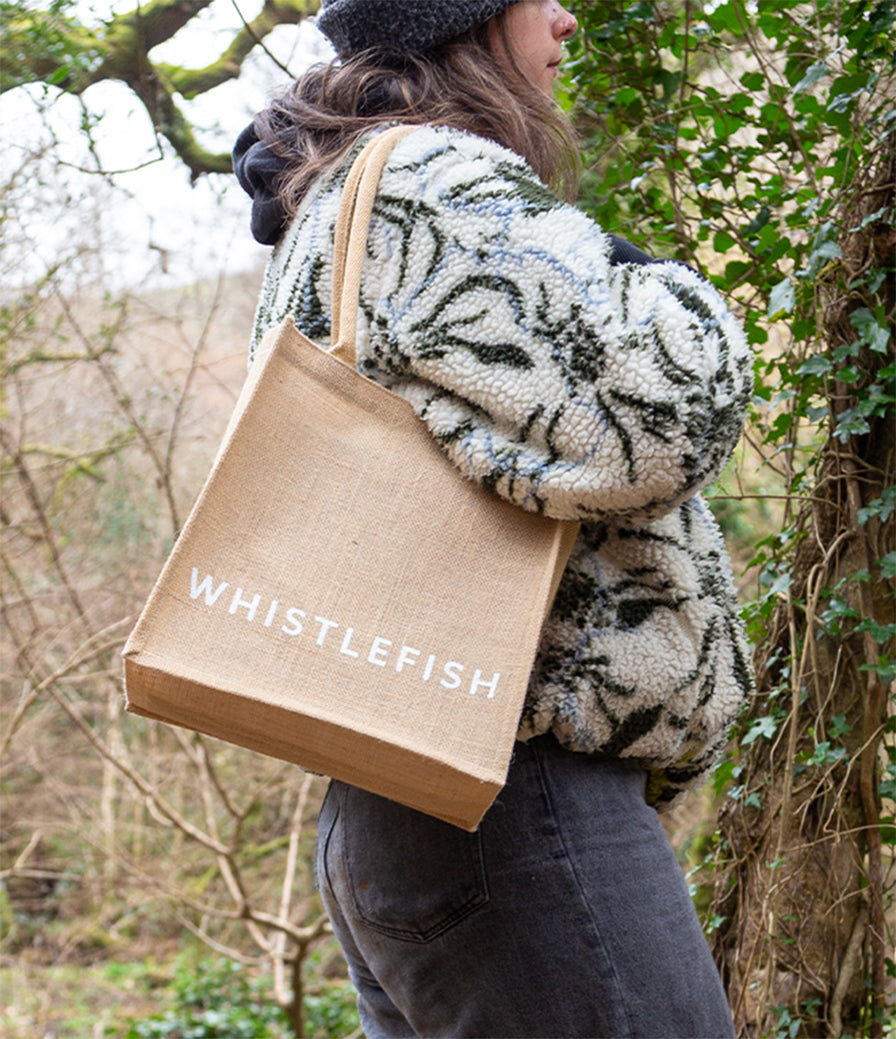How To Make Traditional Cornish Saffron Buns
The traditional saffron bun has become a native delicacy in Cornwall. However, saffron is a luxury spice and is not grown locally, so many are puzzled by how the Cornish used this particular ingredient in their fruity buns for hundreds of years!
Saffron was brought to Cornwall when travelling merchants came to trade it in exchange for tin mined locally. This was common practice, as tin was often swapped for food and spices. Some evidence of tin trading dates back to 400 BC, and Cornish tin has even been found in ancient Egyptian ruins.
After its introduction to Cornwall, saffron was grown in the Southwest for a few hundred years. Records show that the last saffron farm in Penryn closed around the 19th century.

What is a Saffron Bun?
A saffron bun is similar to a scone but more bread-like and dense. Dried currants are added to the dough for a sweet and fruity taste. The saffron originally gave them their distinctive yellow colour.
Fun fact: During World War II, saffron—like many other food items—was scarce, so yellow food colouring was used instead. A tradition that continues even today!
What Do I Serve With a Saffron Bun?
A saffron bun is a low-maintenance snack, perfect with a cup of tea or coffee. Enjoy it fresh or toasted, with butter or a dollop of traditional Cornish clotted cream.

How to Make Saffron Buns
Ingredients – makes approx. 12 buns:
- 300ml milk
- 1 tsp saffron strands
- 50g light muscovado sugar
- 3 tsp active dried yeast or 15g fresh yeast
- 150g unsalted butter
- 500g flour (250g strong wholemeal, 250g strong white)
- 100g dried fruit (such as orange peel, currants, sultanas, raisins, cranberries)
Method
- Bring the milk to a near boil and stir in the saffron strands. Cover and leave to infuse in a warm place—overnight is ideal.
- Reheat the milk until tepid. Stir in the yeast and sugar, then leave for 10–15 minutes to froth.
- Rub the butter into the flour until the mixture resembles breadcrumbs.
- Stir in the yeasted milk and knead for 8–10 minutes until the dough is elastic. Learn how to knead properly.
- Add the dried fruit and knead it in. Divide into 12 balls.
- Place in a 9″ (23 cm) silicone baking mould or greased tin. Cover and leave to rise in a warm place until doubled in size (1–3 hours).
- Bake at 200℃ (400℉, Gas 6) for 20 minutes until golden brown and the bottoms sound hollow.
- Cool on a wire rack and enjoy!
Bring Cornwall Into Your Kitchen
Bring art into your everyday with our gorgeous collection of travel print tea towels. Celebrating beloved Cornish locations, these vibrant textiles bring coastal charm into your home.
You might also like this: Making a Proper Cornish Cream Tea
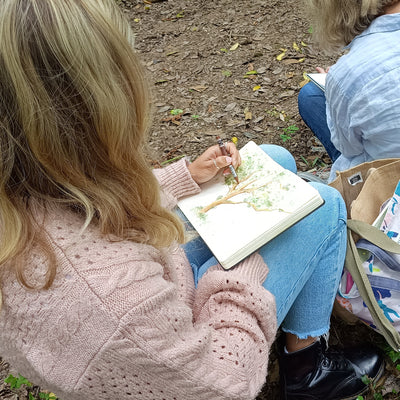
Whistlefsh Journal
All blogs are created by our wonderful in-house team.

Our Offers
Discover











